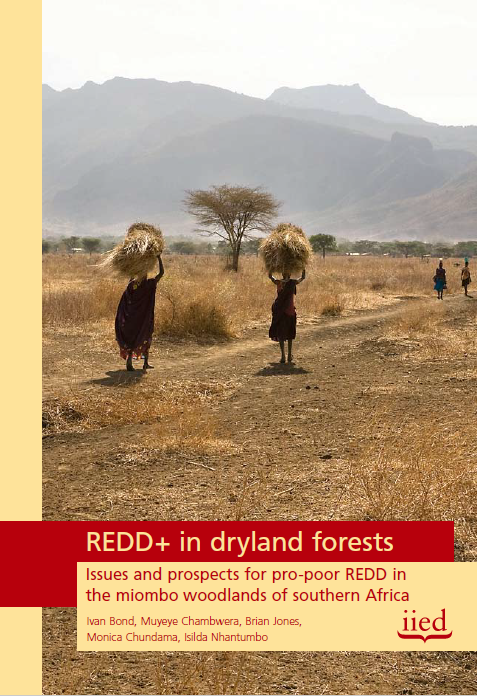Resource information
For two reasons the miombo woodlands of eastern and southern Africa provide an important opportunity for developing pro-poor payments for avoided deforestation and degradation. Firstly, there is strong scientific evidence that the loss of woodlands is associated with a decline in livelihoods. Secondly, there are two decades of successful community-based natural resource management (CBNRM) in the miombo region. This gives the region a ready-built institutional basis on which payments for reduced emissions for deforestation and degradation (REDD+) can be established as well as generating wider lessons for their implementation. Poverty is deeply entrenched across southern Africa and to be successful REDD+ will have to be pro-poor.
The purpose of this work is to contribute towards an improved understanding of REDD+ amongst the stakeholders across all sectors in the region especially in the period leading up to and immediately after the meeting of the UNFCCC COP 15 in Copenhagen. This paper uses the term REDD+ as defined in the Bali Action Plan i.e. ‘Policy approaches and positive incentives on issues relating to reducing emissions from deforestation and forest degradation in developing countries; and the role of conservation, sustainable management of forests and enhancement of forest carbon stocks in developing countries.’

